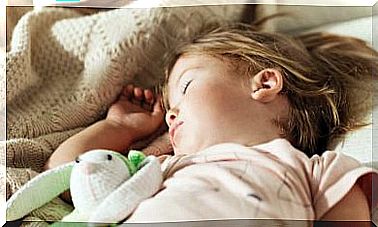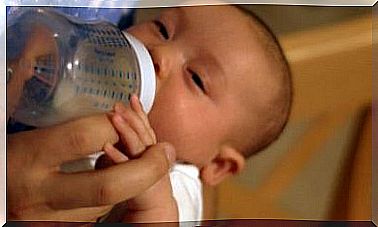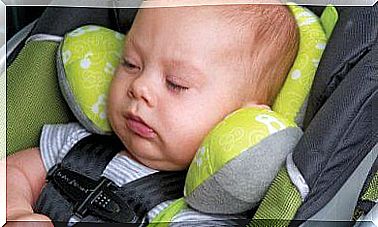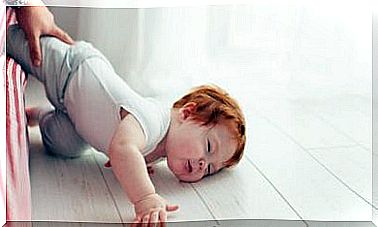When Children Become Too Attached To Stuffed Animals
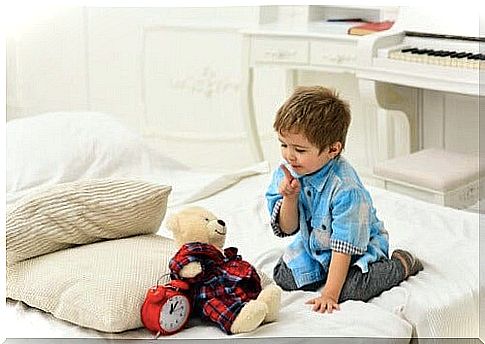
When we give our children stuffed animals, it’s wonderful to see them play. But, what should we do if they become inseparable and too attached to their stuffed animals?
It is quite common to see children between the ages of 6 months and 5 years being attached to certain objects. It can range from a blanket or a small pillow to a toy. For that reason, many parents become concerned when their children become inseparable and too attached to their stuffed animals.
This phenomenon stems from the fact that the little ones need to feel protected. When in contact with a particular object, they can associate it with the love and company they receive from their parents.
If you are experiencing this situation with your child, this article may, possibly, be helpful. We will take a look at the affiliation with stuffed animals and offer some suggestions.
What are comforting stuffed animals?
Comforting stuffed animals are leisure objects for children that, as a rule, are soft to the touch and consist of harmonious colors and character traits. Furthermore, they can range from the shape of a doll to non-threatening animals with large eyes, such as bears.
This type of toy is, as a rule, a source of well-being for young children. They can help them fall asleep and not be afraid at night, by providing some form of security.
Furthermore, it is estimated that comforting toys, such as ragdolls and teddy bears, can bring feelings of love and protection to children, which can help them develop a sense of belonging.
Stuffed animals and attachment
While a child may develop an early tenderness for an object, such as a pillow or blanket, the cases in which a child manifests a desire to be in constant contact with an object are, most often, with comforting stuffed animals.
This is because parents, as a rule, place these stuffed animals and dolls in the baby’s crib or bed. There, children not only have eye contact with the stuffed animal, but they also spend a lot of time with it. It can provide a sense of security when it is bedtime.
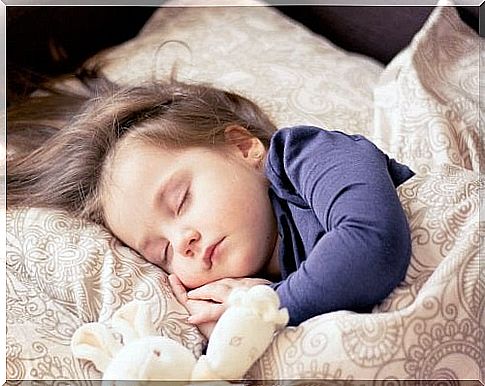
In addition to the visual familiarity, another important factor when it comes to being inseparable from a beloved stuffed animal is the touch. In fact, it can be even more crucial.
Many times, a child may show affection towards an old, stuffed animal. Even if it lacks an eye or is about to fall apart, its softness will still attract the baby.
Pros and cons of letting children have stuffed animals
While some parents may think it is excessive to let their child spend too much time with a stuffed animal, the truth is that an emotional bond with a toy has its own benefits. These include comfort, safety and a comfortable feeling on contact. Other benefits include:
To express and channel emotions
Children also use their stuffed animals as a way to express their feelings. These may range from their desire to love, hold or protect their beloved teddy bear to deal with situations they find problematic or painful.
It makes sense when a parent scolds a child for bad behavior that the child will play with his beloved bear and repeat the words the parent has said.
In this way, young children learn to assimilate negative experiences by recreating them from a different point of view. This activity also helps them understand their own behavior.
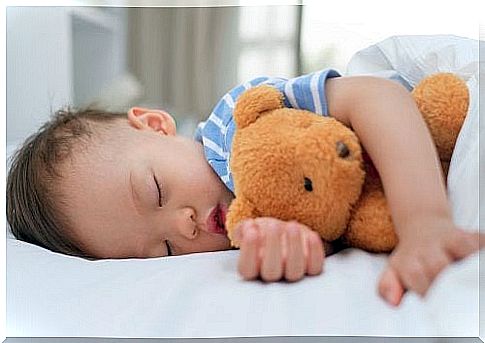
Bond versus addiction
There are some very good reasons why children’s loving bonds with their stuffed animals can be seen as soothing and good for their emotional development.
However, it should be noted that if a child 5 years of age or older is completely dependent on his or her stuffed animal to the point where he or she can do nothing without it, then we recommend that you seek psychological expertise.
These comforting stuffed animals should serve as transition points in the handling of emotions. Nevertheless, the child should be able to handle the attachment in a healthy way.
Finally, keep in mind that the hygiene of your child’s toys is also very important. Especially the toys that are made of fabric. Therefore, you should clean them regularly to avoid allergic reactions.

